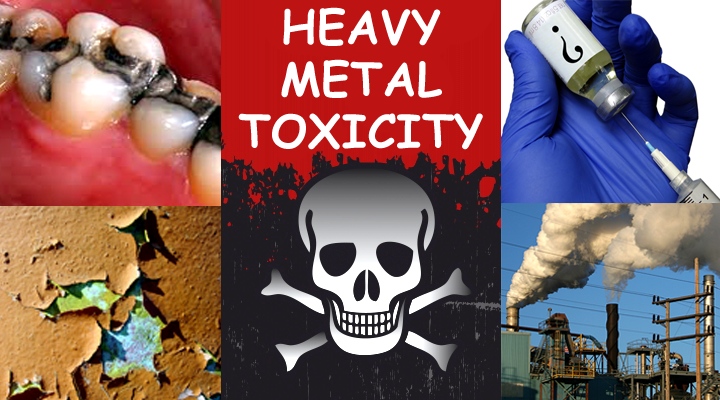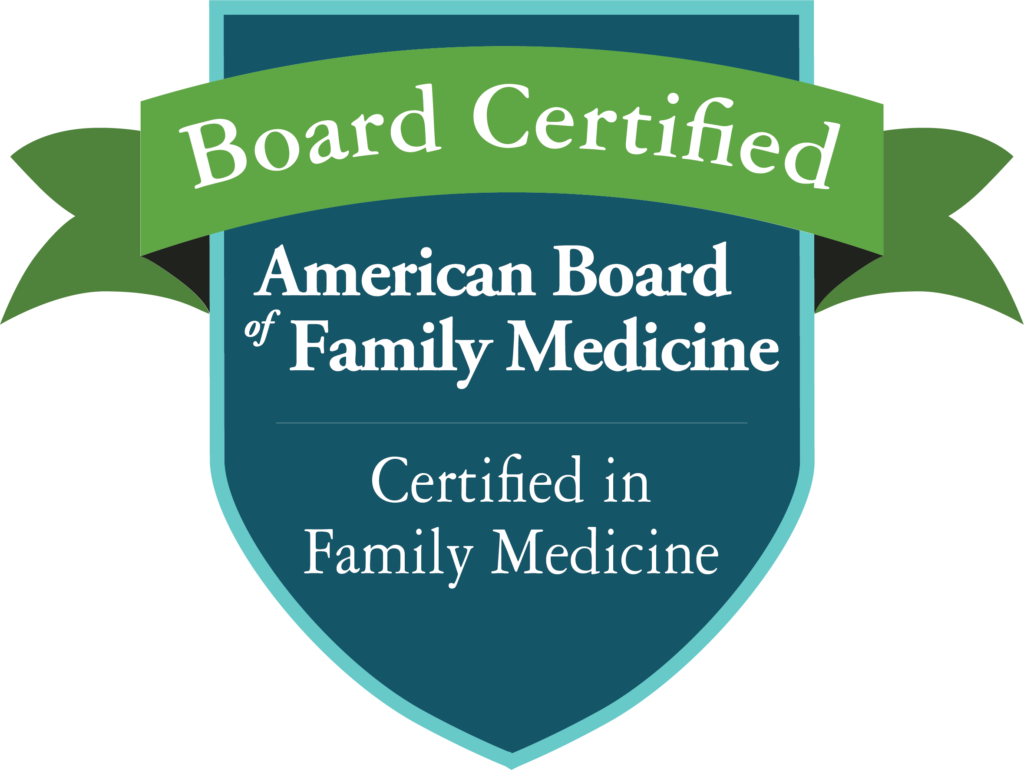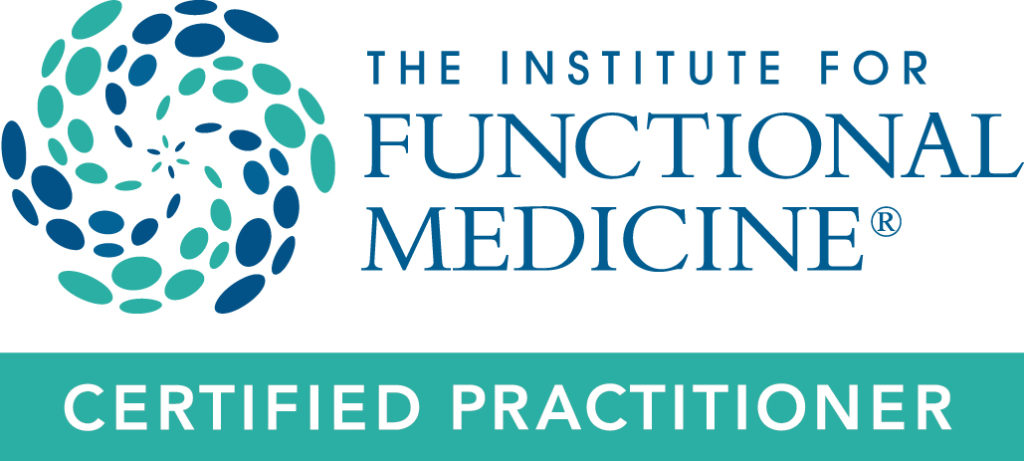Mercury occurs naturally in the ore cinnabar, which has been refined for its mercury content since the 15th or 16th century B.C. Once sentenced by the Romans to work in quicksilver (mercury) mines, criminals had an average life expectancy of only three years. The expression “mad as a hatter” refers to mental illness of hat makers exposed to mercury used in processing felt for hats. Mercury was used for medical treatments, notably to treat syphilis prior to the discovery of penicillin. Mercury, abbreviated Hg, is the only metal that is liquid at room temperature, and it exists in seven chemical forms. It can convert to a toxic methylated form in the body. The U. S. Food and Drug Administration (FDA) has issued warnings about mercury content in fish and has taken steps to stop mercury from being used as a preservative (Thimerosal) in childhood vaccines. The Environmental Protection Agency (EPA) monitors and restricts the use of mercury compounds in manufacturing, including pesticides, fungicides, and latex paint. Can we all breathe a big sigh of relief that this toxic heavy metal is somehow safe when stored in the human mouth as dental “silver” amalgams?
Scientific evidence says a loud and clear “No.” Chewing, corrosion, heat, and galvanic current result in release of mercury ions from amalgams. Dark discolorations called “tattoos” in gum tissues provide evidence of mercury leaching from fillings. The EPA requires dentists to implement safe handling procedures for mercury containing “silver” amalgam prior to its installation as dental fillings. If an amalgam filling has to be removed later, it is again subject to safe handling procedures to protect dentists and their staff from the resulting toxic vapor. Protection of the patient who has been storing mercury amalgam in their mouth is apparently not considered an occupational safety issue. Patients should be protected by the use of rubber dams, high suction, and nutritional support of detoxification. Mercury was first used in dental amalgams about 1800 in France, and the amalgam was introduced to America in 1833 by the English. The American Society of Dental Surgeons of New York (which later became the American Dental Association) found 11 of its own members guilty of malpractice for use of mercury amalgam and suspended their licenses in 1848.
The word “quack,” defined as an ignorant pretender of medical skill, is based on the German quicksilver, “quecksalber”. Doctors and dentists, concerned about patients being poisoned, shortened it to quack and used it as a term for colleagues who used mercury as a medicine or in dentistry. A short video, “Smoking Teeth, Poison Gas,” documenting the escape of mercury from dental amalgams is available from the Medical Center for your viewing.








